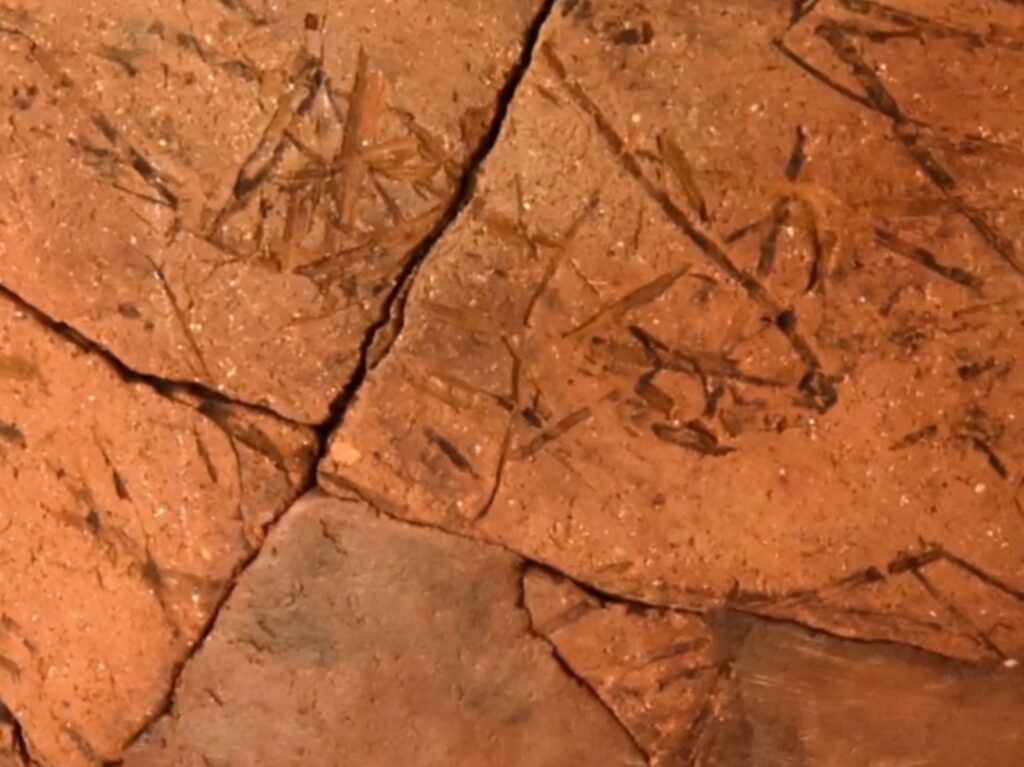Photo: Jeju National Museum
By the end of the last ice age around 10,000 years ago, rising sea levels had separated Jeju from mainland Korea. One of the places that residents of the newly formed island chose to settle was the flat plains around the present-day village of Gosan in the southwest. (The ‘ri’ in Gosanri refers to an administrative district similar to a township.) These neolithic people hunted, fished and gathered food from the forests. They left behind thousands of artifacts such as arrowheads and stone spear points.
They also produced Korea’s earliest examples of pottery. Gosanri-style pottery dates from 12,000 to 6,000 BP. This technology made their lives much easier, allowing them to cook and store food in ways that were not previously possible. Their unique style of pottery has not been found anywhere else in Korea, although a similar kind of pottery was discovered in Russia and Japan.
Gosanri-style pottery is in the form of a deep bowl and has a flat base. Unlike later styles of pottery decorated with purposeful patterns of dots or lines, it has irregular lines visible all over the surface. Clay was mixed with grass and the stalks of plants, and when the plant material was burned off during the firing process it left distinctive random markings.

The Jeju National Museum has a wonderful display of Gosanri-Style pottery. Check out their website, and follow their Instagram page for bi-weekly articles in English about artifacts and events from the fascinating history of Jeju Island.
You can also learn more about this pottery and the people who created it at the Jeju Gosanri Site Information Center (website in Korean only).
